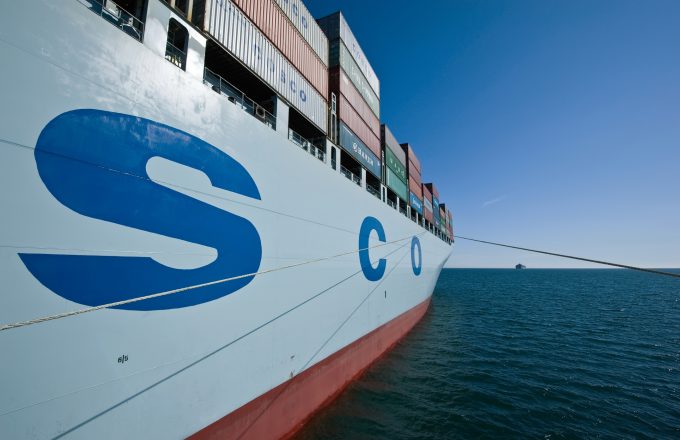MSC revamps east-west network as alliance strategies on blanking vary
As container lines try to manage capacity in the face of wild swings in short-term ...

The Ocean Alliance has overtaken the 2M alliance, adding the market share lead on the Asia-Europe tradelane to its already dominant position on the transpacific.
The vessel-sharing alliance of CMA CGM, Cosco (including OOCL) and Evergreen did not follow rivals 2M and THE alliances in temporarily suspending an Asia-North Europe loop through to October, and has lifted its capacity share to 39% from 37% a year ago, according to Alphaliner data.
Market share in terms of capacity offered by 2M partners Maersk ...
Maersk Air Cargo sees volumes fall as it aims for 'margin in favour of revenue'
Keep our news independent, by supporting The Loadstar
Container spot rates diverge: to Europe still falling, but firmer to the US
Hapag-Lloyd won't take bookings if port congestion leaves cargo stranded
Ecommerce likely the front-runner in resurge of transpacific trade after deal
Airfreight players eye new routes as demand on the transpacific nosedives
China-US trade tariff pause could drive a rebound for transpacific rates
Service chaos from trade ban with India a problem for Pakistan shippers
Airfreight rates ex-China 'loss-making', but hopes of a trade deal stay high
Indian coastal freight attracts major carriers, but regional tension disrupts
Serious threat to jobs in US logistics as tariffs cause economic 'stagflation'
APMM floats along on 'solid' Q1 profitability in Ocean, well prepared for choppy water

Comment on this article